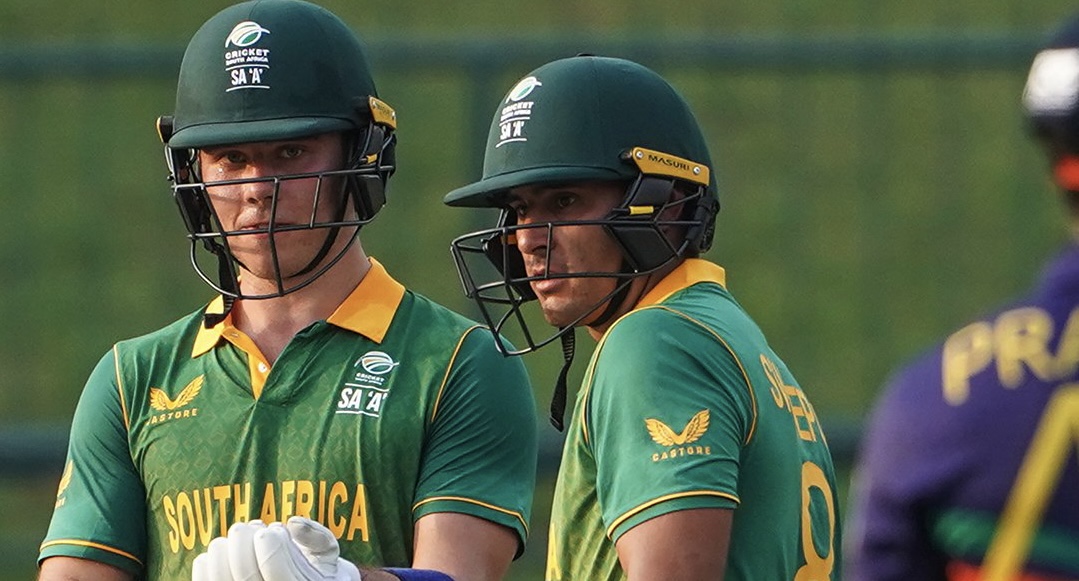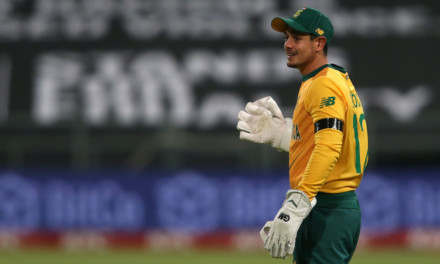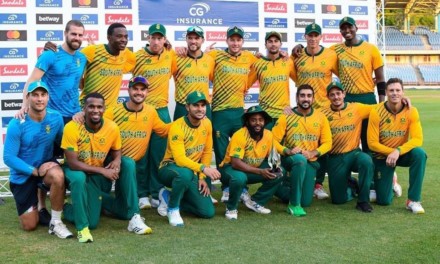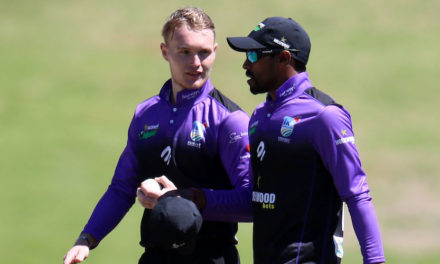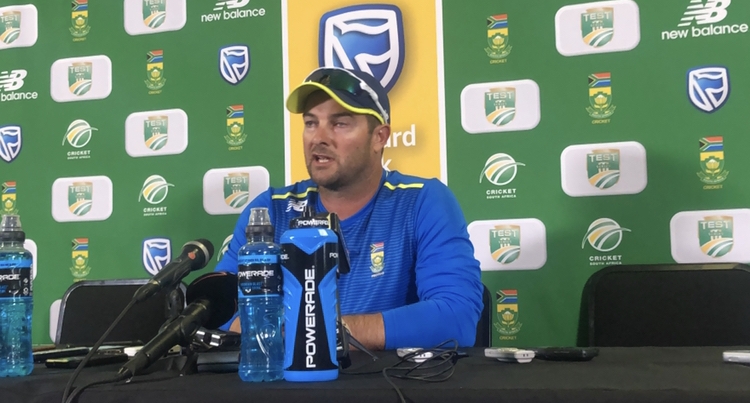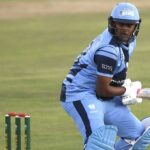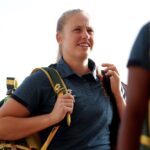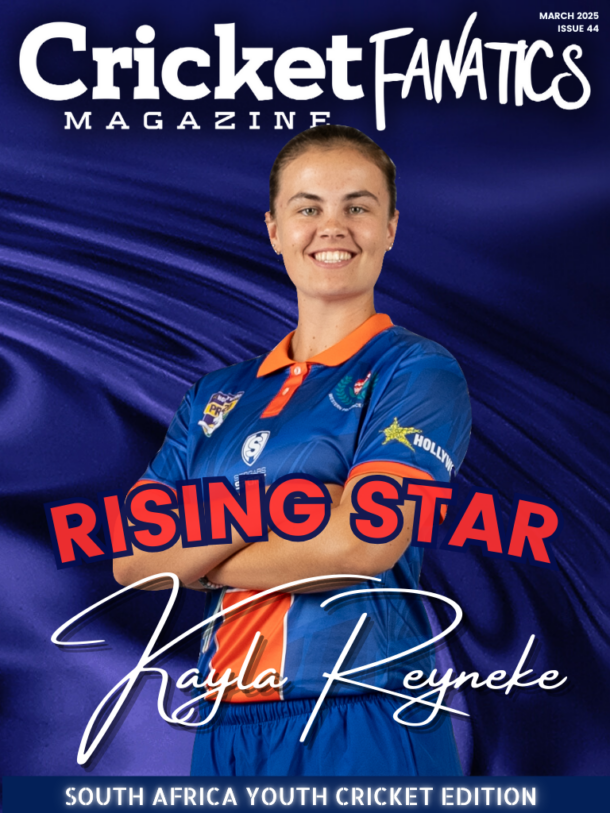This article was published in the latest issue of Cricket Fanatics Magazine.
Proteas ODI and T20I head coach, Rob Walter, was able to dig healthily into South Africa’s depth of talent during the SA ‘A’ tour to Sri Lanka in June, and it was a tour that was rather purposeful, especially in a World Cup year.
The SA ‘A’ contingent of players, essentially regarded as the Proteas B-team, played against Sri Lanka ‘A’ on away soil and went head-to-head in three unofficial ODIs – followed by two unofficial Test matches – and won the series 2-1.
All the chasing teams were victorious, as the South Africans won the first encounter by 4 wickets with 53 balls to spare (SL ‘A’ 264-8, SA ‘A’ 268-6).
This was followed by a Sri Lankan victory in the second game, with the hosts winning by a comfortable seven wickets with 126 balls remaining (SA ‘A’ 175, SL ‘A’ 178-3). Resiliently, the visitors won the decider by 5 wickets with 85 balls left (SL ‘A 172, SA ‘A’ 175-5).
The squad was composed of a mix of experienced and youthful players, and not only was this an ideal way to strike a decent balance within the group, but it was also a good manner in which to gauge how each individual sought to discover their identities.
“The real positive for the players was just for them to be exposed to different conditions, and then to play against quality opposition in their own home conditions,” Walter told Cricket Fanatics Magazine. “That’s always proved to be the hardest challenge, especially for sides touring the sub-continent.
“For young guys, a lot of them have never been to Sri Lanka or played against that type of quality opposition. [Those were in] conditions that were, in some ways, quite different to what we’d [usually] encounter.
“You’d have to think the players had been learning all the time. We really wanted to focus our attention on asking the questions around our learnings, while encouraging guys to explore their games and not to be scared of making mistakes.
“More importantly, [it was] to test their games against quality opposition and seeing where they ended up after that.”
Certain players had surely ticked various boxes on the tour and had excelled in these trials, which could bode well for them ahead of the international season.
Stand-out performances with the bat included Dewald Brevis’ knock of 98* in the first ODI, Tristan Stubbs’ 59 in the second match and tail-ender Gerald Coetzee’s industrious 77 in that same innings.
Stubbs again impressed in the third, scoring a hard-earned 58, which was supported strongly by Senuran Muthusamy’s 45, as the duo helped SA ‘A’ to cross the line and clinch the series.
With the ball, there were fewer highlights, but Lutho Sipamla’s figures of 3-33 in the first game and Coetzee’s stellar contribution of 5-48 in the third encounter both stood out the most.
“From a selection point-of-view, we’re always looking for performances and guys who’re winning games for their teams, whether that be for league cricket around the world, the SA ‘A’ or in the domestic league for their provincial sides,” Walter said.
“Those are all important – there is not one that is more important than another. There is no doubt watching the guys perform against SL ‘A’ – knowing that there are several internationals in their side – gave a good read on the quality of the players.”
He said the SA ‘A’ group was initially selected based on all the players’ respective performances during the last domestic tournaments, adding that “we’d like to see those guys back it up again in the domestic season ahead.”
With the next Cricket South Africa (CSA) Provincial One-Day Challenge expected to commence in August or September, there is no time to waste for players to stake a claim for a Proteas call-up with the World Cup starting in early October.
Walter, who was only appointed as the Proteas white ball coach in early January, acknowledged that SA has a “good standard” in their talent pool. This, he said, is evidenced by many South African players’ involvement – and successes – in various elite white ball leagues around the world.
In terms of the feeder system, which starts at school, before going on to under-19 and then the second and first divisions of the senior provincial tournaments, there is “lots of playing opportunity for guys to get into professional cricket”.
With the advent of the SA20, the “quality will just improve”, the 47-year-old explained. The SA ‘A’ side then serves as a token of how much players have performed consistently and how quickly they’ve adapted to top-level cricket.
“The SA ‘A’ is a mixture of the next best cricketers, as well as the identified up-and-coming cricketers in the country. We want to make sure there is a strong, healthy balance there, where we’re playing our next best, while also giving identified players the opportunity to play at a higher level.
“There is no doubt international ‘A’ cricket is a step-up from domestic cricket, so it’s a vital cog in the wheel, really, for guys to get as close to the level of international level cricket as possible.
“You’d hope this is a way for young players in the country to be able to see the path forward.”
Walter, who had previously worked as a strength and conditioning coach for the Proteas for several years, before excelling in head coaching roles for the Titans and in New Zealand, said the Sri Lankan series also provided an ideal opportunity for him to build cohesion within the national set-up.
“Being the white ball coach, it was just good to connect with the players who I haven’t [connected with] before, or haven’t for a long time.
“Seeing them play under pressure and at a higher level, [I was able] to learn more about their games and where their skill levels sit,” said Walter, who served as an assistant coach of the SA ‘A’ side, with Shukri Conrad having stood in as head coach.
“I was there to help and observe. I was very encouraged by the [2-1 series] result. I knew there were quality players in the team, and if they were to play as well as they could then they’d have a good chance of winning the series.
“The most heartening point was to see players playing under pressure, impacting a game and being match-winners.”
These sorts of qualities serve as a solid yardstick for a national side building up to a World Cup, which meant this Sri Lankan tour came at probably the best time possible. This especially rings true because the World Cup, hosted by India, will also take place in sub-continent conditions.

